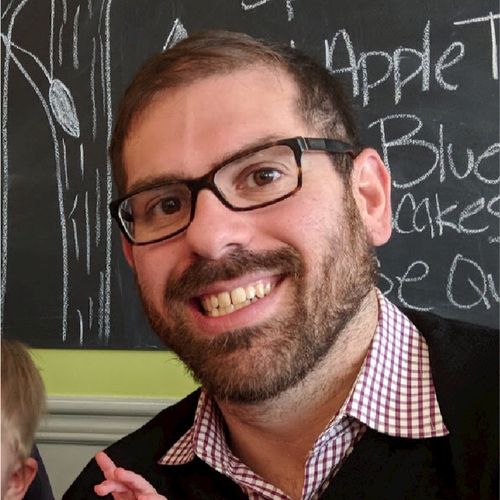
What "The Culture Code" teaches us about successful teams

Written by

Director of Culture Enablement, Culture Amp
Whether you’re a CEO or a front-line employee, each of us has the ability to impact our organizational culture. For a group of us at Culture Amp, starting an internal book club was one way we planned to make an impact. This would allow us to share our People Geek passion with team members we don’t normally get to work with and bring fresh ideas to our teams.
Culture isn’t something you are, it’s something you do.
The Culture Code
Daniel Coyle
We chose Daniel Coyle’s The Culture Code for our inaugural meeting. The book is certainly worth a read for fellow People Geeks. Coyle provides an ample combination of storytelling and science while providing ideas for action at the end of each section.
In this article, we share some key takeaways from the book and tidbits from our discussion below. If you’re interested in learning more, purchase the book here!
The three core traits of highly successful teams
In The Culture Code, Coyle digs into the three core traits of highly successful teams: building safety, sharing vulnerability, and establishing purpose. While we can’t do justice to each trait in one article, we’ve highlighted a key insight from each trait that we found valuable:
-
Building safety
The book defines this trait as building signals of connection that generate bonds of belonging and identity. What we found interesting is the extent to which building safety depends on small moments and ongoing cues rather than large movements. It could be as simple as making eye contact, avoiding interrupting colleagues, or using inclusive language. -
Sharing vulnerability
The book defines this trait as building habits of mutual risk to drive trusting cooperation. In the book, Coyle offered an espeically interesting insight into how sharing vulnerability is particularly important when onboarding new hires. When a new teammate joins a team, Coyle suggests that leaders focus on two key moments: the first disagreement and the first vulnerability. Coyle suggests that providing support in these moments opens the door to continued vulnerability and growth. -
Establishing purpose
The book defines this trait as creating narratives to build shared values & goals. Coyle makes the point to “measure what really matters.” Often teams have goals tied to business metrics such as revenue, but consider how you might create metrics that are tied more specifically to the narrative & purpose of the organization.
A closer look at vulnerability
Our book club conversation veered quickly towards sharing vulnerability. This wasn’t a surprise given that one of our core values is "have the courage to be vulnerable" (which was inspired by another of our favorite books, Brené Brown’s Daring Greatly.
In The Culture Code, Coyle defines sharing vulnerability as habits of mutual risk that drive trusting cooperation. Sharing vulnerability enables us to express our big ideas without fear of judgment. It also enables us to learn from failures and speak up when things might not be working (even when it’s an unpopular opinion).
One idea that resonated strongly with all of us was the idea that vulnerability is a loop. Having an organization where people are willing to express their own individual vulnerability is important, but it’s not enough for one person to express their vulnerability. It’s the second person whose response is most critical in setting the tone.
Imagine someone coming to you from a place of vulnerability. How do you respond? Do you share your own vulnerability and show appreciation to your coworker for opening up, or do you shut down, change the subject, or gossip about the vulnerability to someone else? Whether in a leadership role or on the front line, your acceptance of someone else’s vulnerability sends a strong signal about what kinds of behaviors are accepted on your team.
What does it take to deepen vulnerability?
Our book club felt that we do a good job of sharing individual vulnerability at Culture Amp. However, we need more work to build the skills to be that second person. A few folks shared instances where they had brought up vulnerable ideas or thoughts and felt that they had been rejected. The next time they had an opportunity to speak up, they were a bit more hesitant. These were small moments, but as Coyle points out, these moments are just as important as the big ones.
While we didn't successfully devise a solution on how to be the perfectly vulnerable organization, we decided to focus on our own reactions as that second person. One simple tactic? Next time someone shares their vulnerability, acknowledge and appreciate it by saying, “Thank you for sharing.” Being vulnerable is hard, and building that trust is a process.
Questions for your book club discussion of The Culture Code
Have you read The Culture Code and want to discuss it with your team? Don’t have time to read the book but still want to ensure your teams are set up to be highly successful? See below for a few questions and ideas.
- Out of the 3 traits of highly successful teams, where does your organization thrive? Where do you need to strive to be better?
- What 1-2 actions can you take (as an individual or as an organization) to support your coworkers’ vulnerability?
- If you have the book, scroll through the “Ideas for Action” at the end of each section, and select 1 action to bring to your team.



